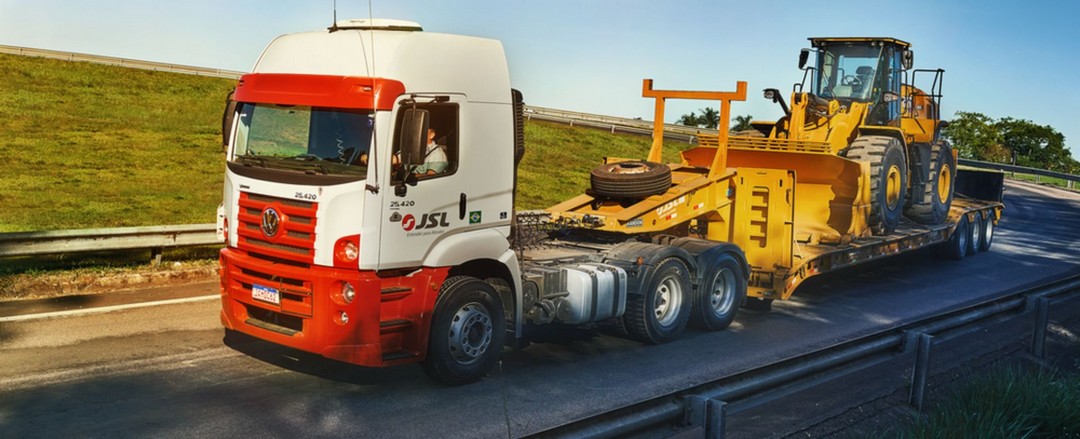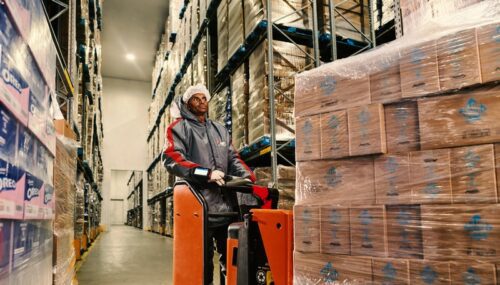
Digital era: Technological influence on freight transportation
Autor: - 10 de Jun de 2022

Technological innovation must be present in the logistics sector, as it needs to keep up with new technologies, bringing new solutions that provide more efficiency and speed in deliveries, following the behavior of consumers, who increasingly use technology to consume.
Therefore, the cargo transportation market increasingly needs to be modernized and deal with infrastructure challenges.
In order to keep up with this new scenario, carriers have a mission to carry out a digital transformation so that quality and competitiveness are greater and meet current demands.
Thus, the innovation made possible through technological advances in transportation reaches different levels, starting from the internal chain of companies, such as storage, handling of goods and stock, to external activities, such as the deliveries themselves to the final destination.
To improve logistics and make it more attractive to customers, carriers rely on the help of various tools. Discover some of these technologies:
Transportation Management Systems (TMS)

The TMS tool aims to control the performance of each operation involved in the transportation, based on information provided by GPS in real time.
This mechanism contributes to the management of the entire fleet of vehicles and freight, obtaining, as a principle, integrated cost information, such as the monitoring of employees, consumables, documentation, issuance of performance reports and calculation of values and freight. Thus providing more security and speed in the delivery of orders.
This system enables the overview of operations, allowing the manager and the others involved to have access to data and information in real time.
Routing systems
The routing system has the function of optimizing travel routes, providing the best alternatives for paths and routes through digital maps.
It uses geolocation information, preventing trucks from passing through dangerous routes and places, diverting them from highways and roads that present some risk, that are very busy, longer or unnecessary, avoiding wasting time, consuming fuel and tolls that the company would have to pay for. Thus, it also favors the calculation of freight and delivery time, which, consequently, become shorter.
Tracking and monitoring systems
Tracking and monitoring systems work by installing satellite tracking modules in each vehicle in the fleet, which then establishes a continuous connection during travel.
Thus, providing faster and safer deliveries, gaining credibility and trust with the consumer, reducing anxiety and customer complaints, possibility of scheduling deliveries and greater company control over its goods and deliveries.
All this is done through software that supports the analysis of all the information provided by these trackers, thus being able to monitor various aspects of the route, such as traffic control, average and real time speed, time spent at stops and fuel consumption.
Warehouse Management Systems (WMS)
There are also internal processes that are essential for the process to be fully successful, so it is essential to take care of warehouses and distribution centers.
With the WMS it is possible to manage various logistical support points, such as delivery flows, storage, separation and dispatch of goods, location of products in warehouses and logistical support.
Therefore, the systems are able to improve the agility in the separation of goods based on broad and organized control of the warehouses, improving the quality and speed of transportation and increasing the level of satisfaction of customers who hire the company’s services.





